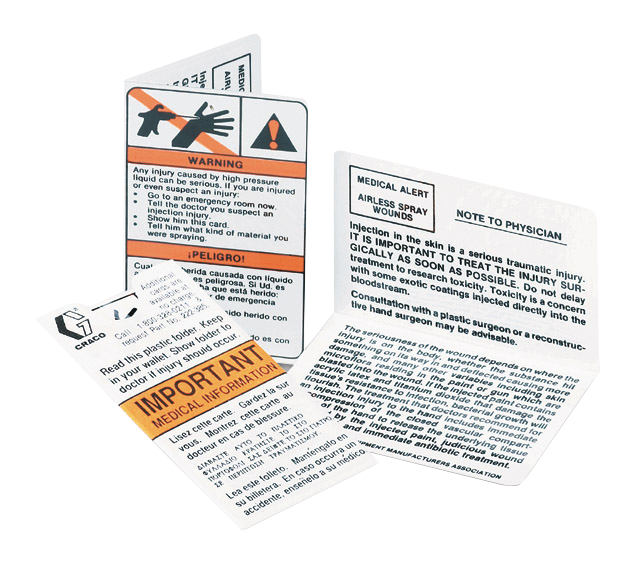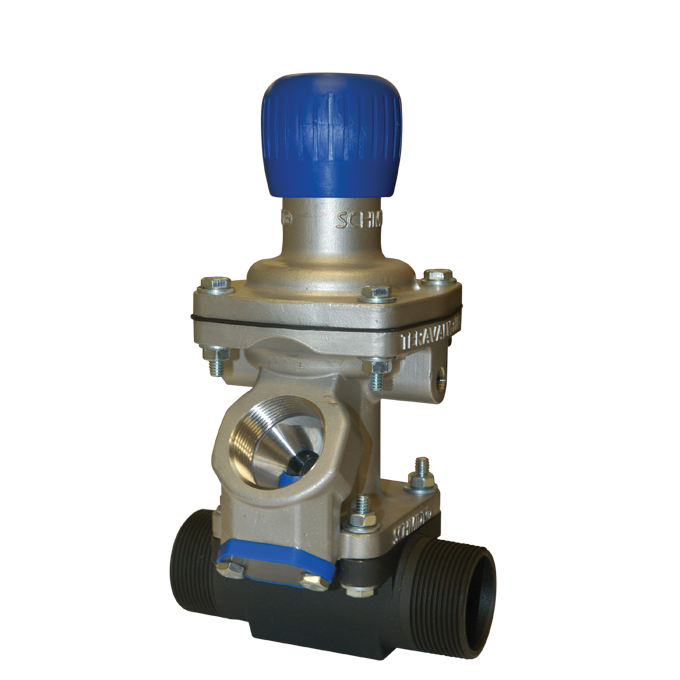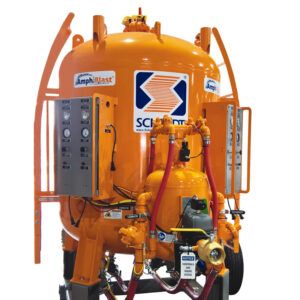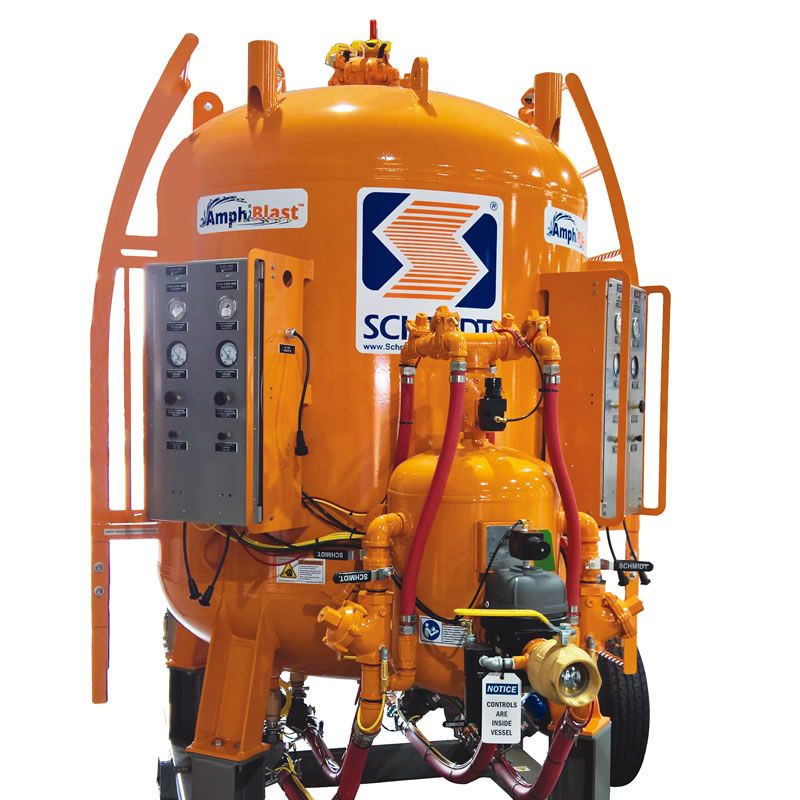Water jetting, also known as water blasting or cleaning, is an essential technique in industrial maintenance and surface preparation. At Blast One, we adhere to strict standards such as SSPC-SP 12, LWJ 1, 2, 3, and the Australian AS/NZS 4233 to ensure the highest levels of safety and efficiency in our operations. These guidelines are crucial when using high-pressure water jetting machines, which are capable of delivering up to 5,000 PSI, to achieve clean substrates without causing damage to the underlying materials.
To maintain optimal performance and avoid downtime, it’s imperative to understand the machine’s capabilities and the safety measures required. Factors such as the correct PSI rating, nozzle size, and water quality are pivotal in ensuring that the equipment functions correctly. Additionally, environmental considerations, like managing water runoff and preventing contamination, are critical for safe and effective operations.
 My Account
My Account







